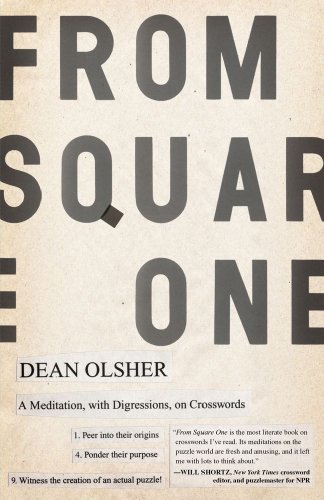
David Fincher’s adaptation of Gillian Flynn’s Gone Girl stars Ben Affleck and Rosamund Pike, and was released to theaters October 3, 2014. Flynn wrote the screenplay.
Undoubtedly, this is what we all want to hear: “How does it compare to the book?” Book readers revel in the masochistic practice of scrutinizing the film adaptations of our favorite novels, probably because the pain makes us feel more alive, and despite the fact that I am of the school of thought that forgives films for the heresies they must commit in order to keep the visual media gods happy, no one can escape a straight-up, side-by-side comparison. (Read my book review of Gone Girl here.)
Gone Girl, the movie and the book, unfolds the mystery of the missing woman Amy Elliott Dunne and her husband Nick Dunne. Nick’s story begins on the morning of Amy’s disappearance from the couple’s home in North Carthage, Missouri, while Amy’s story begins years earlier, when the two first meet at a party in New York City. From there, the film alternates between the two voices as viewers learn that the truth is never one-sided.

Amy Dunne (Rosamund Pike) tells the story of a budding romance through the pages of her diary. Nick Dunne (Ben Affleck) begins his story on the morning of Amy’s disappearance. Whose story do we believe?
The film, a killer 149 minutes long, maintains an obsessive loyalty to the novel in a way only a loving, infatuated mother could swing, so it’s no wonder that the novel’s author, Gillian Flynn, also wrote the screenplay for its Hollywood adaptation. Flynn lifts quotes straight from the page and sets them to Pike’s silky narration and includes them in screenshots of diary entries. Even the pacing–which switches from Nick’s perspective to Amy’s and back again–mirrors that of the book, and this format is the only thing that doesn’t seem to translate well to the screen. Instead, the pacing leaves the movie stumbling over itself before it gets the chance to run as the plot escalates toward the last third of the story.
Affleck’s maddening cool guy routine with his punchable face is spot on, and Pike portrayed Amy with breathtaking perfection, but credit is due to the unsung heroes of the movie: the supporting cast playing Margo Dunne (Carrie Coon), Nick Dunne’s twin sister, and the lead detective on Amy’s missing person case Rhonda Boney (Kim Dickens). Both women stole scenes with the weight they added to an otherwise insane plot. Nick and Amy are so intense, so lost in each other, and so dysfunctional, that it takes the stellar and understated performances of Dickens and Coon to bring the film back toward a solid reality and away from the precipice of the unbelievable.

Kim Dickens’ Detective Rhonda Boney gives the film–and its increasingly chaotic spiral–a realistic foil.
In the meantime, the true star of Fincher’s vision is the true star of the movie and provides us something that Flynn couldn’t in her novel: the barren landscape of the Dunne’s massive suburban home; the starkly contrasting image of a search party sweeping their flashlights across the forests of Missouri; flashes of red blood over the beige and grey of the Dunne’s idyllic lives. Coupled with a chilling score by Trent Reznor and Atticus Ross, Fincher’s direction takes a thrilling book and translates it into an equally thrilling film.
Book or Big Screen: Is it possible to say that they are equally good? That a book isn’t dishonored by its film adaptation? That the film adaptation doesn’t botch the whole thing? It’s definitely possible to say that Gone Girl won’t need a reboot in ten years because the first didn’t do the job well enough. Thanks to Flynn’s screenplay and Fincher’s vision, the film stay incredibly loyal to the book that should appease everyone but the most zealous readers. Read the book or watch the movie; watch the movie first then the book; it actually shouldn’t make a difference this time around, just make sure you do both.
Readers, beware: While you will hear a lot of familiar lines, and you will see scenes that Flynn painted so vividly in her novel you feel like you’ve seen them before, every adaptation will have its casualties. Lord knows this movie shouldn’t be any longer than it already is, and because of those constraints, a few minor elements get washed out: Boney’s lingering obsession with the case, Shawna Kelly’s development. We can nitpick, but there isn’t much to be wary of.
Viewers, beware: You are in for a long haul. While Gone Girl never feels tedious, it is extremely detailed, and when you read the book you will know why. Get ready for a wild ride of emotion, and make sure you’re prepared to step out of the theaters and straight into the bookstore, because it’s just that good. I will say that the book medium seems to fit the plot’s format a little more snugly, but Fincher manages to capture the true spirit of the novel and the true nature of its horrible characters quite well. You’re not missing out on much for having not read the book.


